Recipe costing is a very vital part of your restaurant operations. If you don’t do it right, there are high chances that your restaurant will run into a loss. Consider if the money you put into buying the ingredients and preparing a dish is less than the price at which you are serving it to your customers, won’t make your restaurant business suffer? Of course, it will! The restaurant industry is extremely volatile, and here any mistake can cost you a lot more than what you can expect. Hence, recipe costing should be done, taking into consideration the input cost of each dish, so that you always have an edge in making a profit.
Recipe costing, in simpler terms, is essentially calculating the cost incurred in preparing a particular dish. It takes into account the exact amount and cost of the stock consumed in making the dish. The main thing to remember while doing the recipe costing is keeping the edible portion, that is the amount of food prepared you are going to serve in one dish, in mind.
Why is Recipe Costing Important?
The primary reasons that make recipe costing extremely important are:
- Recipe costing helps you know how much food cost is incurred to prepare a dish. This gives you a clear view of how much you can earn per dish.
- It plays a significant role in deciding the selling price of the items on your menu. If the food cost of an item is high, it just makes sense to sell it at a higher price to garner profit.
- It tells you when to reduce a recipe cost. If you keep up-to-date with your costing and see that you are going beyond your target cost percentage, you can easily plan how to reduce the costs.
- It gives you an insight into the dish’s profit margin which you can, in turn, use to promote the high-profit items through suggestive selling and promotions.
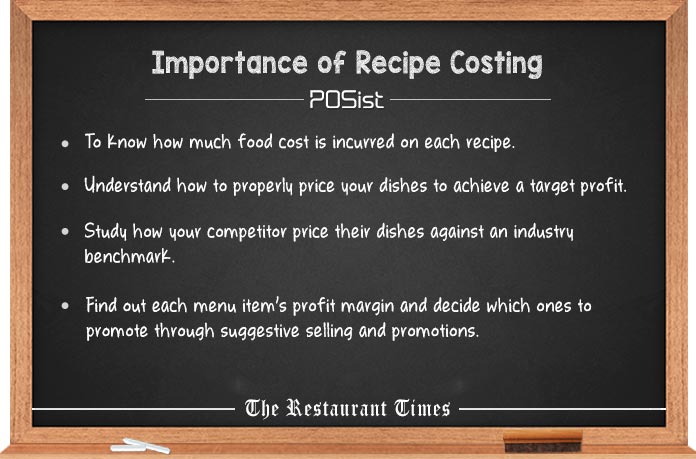
How To Do Recipe Costing?
Confused about how you should go about calculating your recipe cost? Below we have mentioned five steps, following which you can cost your recipes just right, that will help you bolster your overall profit.
1. Write down the Ingredients and Their Quantities
Make a list of all ingredients used in the recipe and state what the weight and measurement of each component used. When you have the menu at hand, one of the first things that you need to do to ensure that you cost your recipes right is write down all the ingredients that go into making each dish. Once you have a well-designed menu and have written all the elements required, you need to deliberate regarding the quantity of each component. For example, if you have a burger on your menu, you can break down the ingredients that go into it, such as, the buns, mayonnaise, patty (break up the ingredients that go into making the patty), spinach, the veggies. Mention the amount of each ingredient you will be using.
2. Fill In Prices For The Ingredients
In this stage, you need to determine what the cost is of each ingredient as it is sold as a unit in the store. You need to look for the total price of each item, not taking into consideration about the costs of the exact amount of the ingredients that goes into the dish. Here, you also need to consider the Edible Portion of the raw materials. This can be done by calculating the Yield of the items. For instance, if you purchased 5 kg of onions, you need to figure out the quantity that can be consumed, which excludes the peels.
For instance, if you have purchased a pack of garlic for $2, that has 4 pieces- each garlic would cost around $0.50. Now, if you can get 8 whole cloves from it, the cost would come down to $0.0625 per clove. This figure can then be multiplied by its usage in your recipe. So, if you end up adding 4 cloves to your recipe, your cost addition would be $0.0625 x 4 = $0.25.
3. Calculate the Prices of the Partial Items
Divide the weight/ measurement of each ingredient used in the recipe by the weight of the unit it is sold in and multiply it by the price of the unit as a whole. This will determine the cost of each ingredient used in a particular dish.
Plenty of times, manufacturers mention the number of servings a box holds. If not, determine the quantity that you will need for your recipe. For example, if you use an 8 oz pack of cream cheese which costs you $2, and end up using it twice in 4 oz. servings, then your recipe cost would be $1.
4. Add It All Together
Once you have the individual amount of each ingredient that goes into making a dish, you can easily add all these amounts. This step will help you determine the cost of the entire recipe.
5. Extract the Cost Of Each Serving
Divide the cost of the entire recipe by the number of portions that it serves. This will determine the cost of each serving.
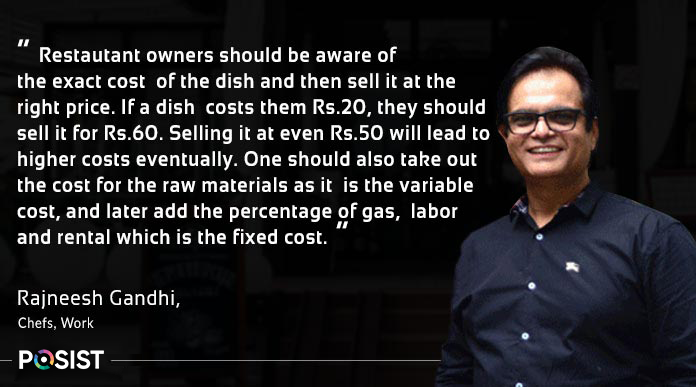
Having a standard recipe with specified item portions helps you in maintaining your recipe costs. It is a good idea to choose a POS with an integrated Recipe Costing feature that would give you detailed reports of the cost incurred in preparing a dish.
6. Estimate costs for herbs and spices
If you have a weighing scale sensitive enough to measure the weight of spices that go into your recipe, then you can follow the drill mentioned above to calculate the costs of partial ingredients. If not, then an easier method would be to consider a generic price. Considering most of the herbs and spices bottles weigh under 2 oz, a cost of $0.10 per tsp is a good benchmark to go by. This can be increased if the spices happen to be exotic/rare. So, a ½ tsp of oregano would cost you $0.05, while black cardamom could go up to $0.10 per ½ tsp.
7. Other costs – electricity, gas, and water
Measuring utility costs is an onerous task, as it is hard to estimate how much electricity and gas actually goes towards cooking and how much of it is allocated towards lighting and ambience expenses. However, one can try to estimate the cost of water used in a recipe. So, if your dish requires 1/2 cup water for the sauce and if you have paid, say, $0.008 per gallon of water in a month, then in rounded terms, the cost of the 1/2 cup water in this recipe is insignificant. To conclude, it is far easier to account for these costs as operating expenses of the restaurant and pro-rate them over your different menu items.
8. Ideal Menu Pricing
After you are done calculating your recipe cost, you will need to determine how to price it. One way to go about this is to use your ideal food cost percentage. As per the industry norms, this percentage usually falls somewhere in the range of 28-32%, but you can vary it as per your restaurant’s model. So, if your dish costs you $4 per serving to make and your ideal food percentage cost is 28%, then,
Ideal Menu Price = Cost per serving/ Ideal food cost percentage = $4/0.28 = $14.28
Another method is to use Gross Profit Margin (GPM) to calculate your ideal price. So, if your ideal GPM is 72% and your dish costs you $4 to make, then
GPM = (Menu Price – Cost price) / Menu Price
72% = (Menu Price – $4) / Menu Price
Menu Price = $14.28
9. Optimize Restaurant Profits Through Recipe Costing
Recipe costing is an arduous task, but it is necessary if you wish to optimize your restaurant’s profits. This process can, however, be made easier, if you have an automated inventory management system in place which is in sync and completely integrated with your restaurant’s POS system. It will provide you with updates on inventory levels on a real-time basis, which can be used for planning your inventory replenishments. This, in turn, will lead to savings in food costs and helps reduce food wastage levels.
Once you have mastered the technique of recipe costing, then you can be sure that no items in your well-designed menu will make your restaurant run into a loss. Just keep in mind the cost that you incurred in making the dish, and price your dishes accordingly!


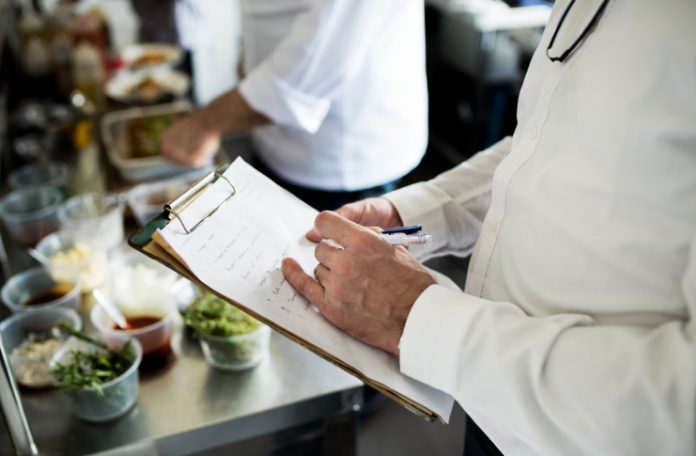










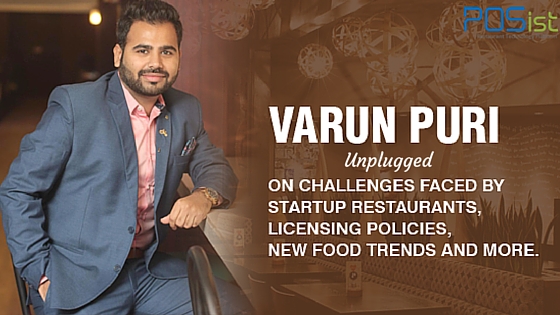
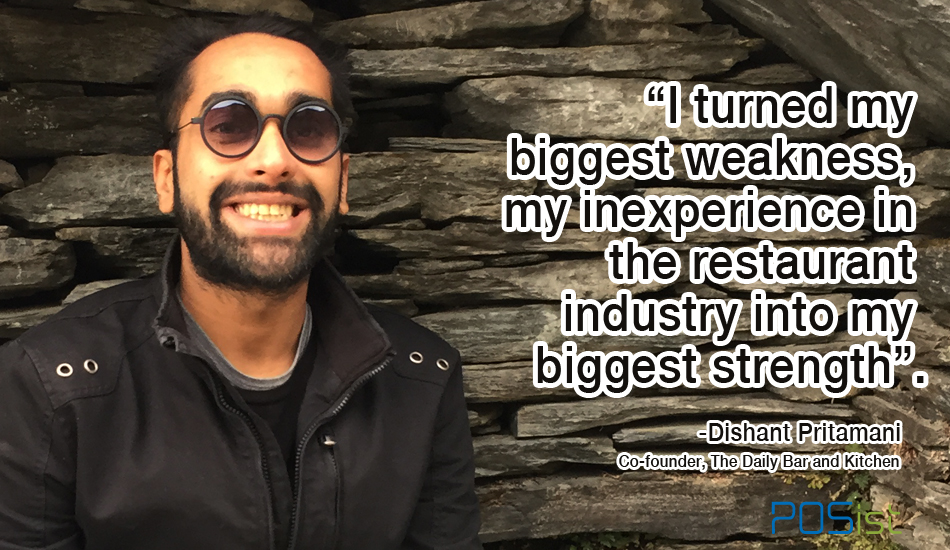



How does one calculate the costing of GAS ….. say one hour, especially if it is a piped gas and four burners running parallely
Find the spec sheet for the particular piece of equipment, it should give you the BTU’s per hour for each of the burners. You can google the amount of BTU’s in whichever format the gas company charges, and do the math from there.